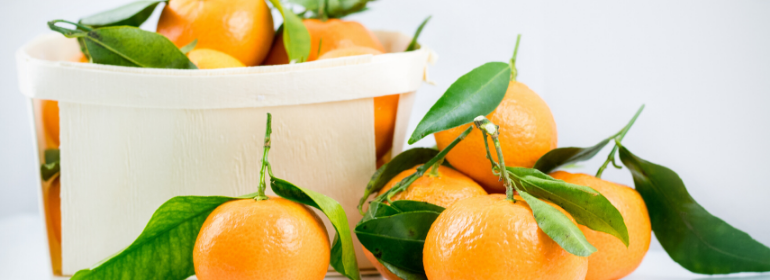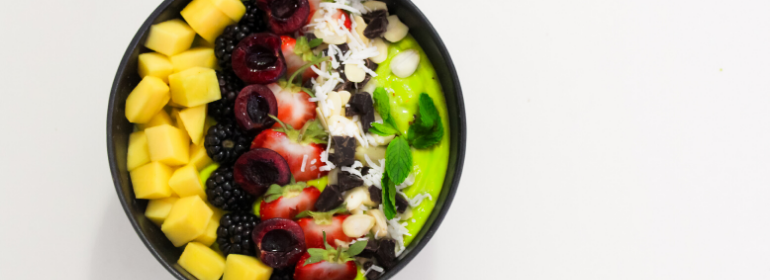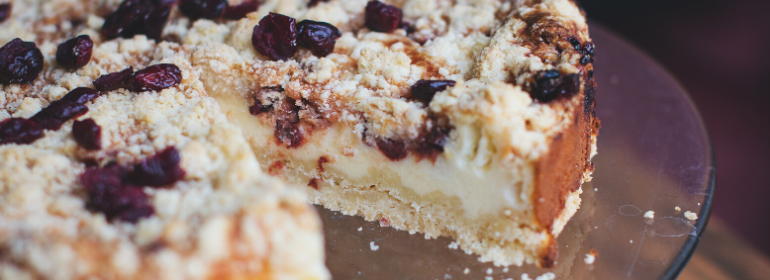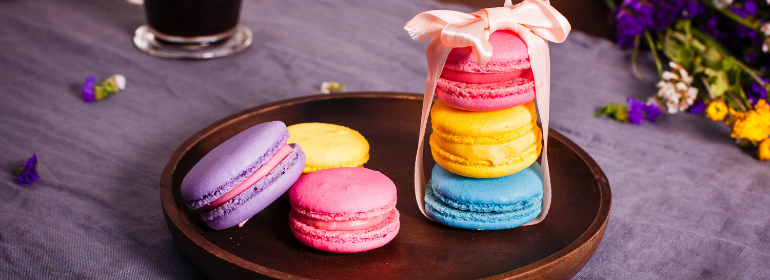
Winter skincare essentials
The exact skincare products you choose for the winter time will depend on the climate you live in, your skin type and age. In some parts of Australia for example, winter is very mild compared with the northern hemisphere, and the climate doesn’t get that dry. In general though, you would be looking for skincare that is more nourishing and rich compared with your summer routine. Don’t feel obliged to change up everything however - feel free to only adopt some of what we recommend, and keep the rest of your skincare the same as in the other months of the year - it all depends on how your skin responds, so always listen to your skin first.
Winter Cleanser
Use lukewarm water to wash your face. It can be tempting to splash on hot or warm water in the chilly mornings and evenings, but this dries the skin out and can contribute to premature signs of aging.
Try to rinse off any cleanser as soon as you can. For oil cleansing, the Heimish All Clean Balm keeps our skin nicely hydrated after cleansing, which is particularly important if your winter climate is very dry. We also find foaming cleansers too dehydrating for dry skin, so we go for a natural gel cleanser instead.
Winter Skincare Layering Technique
The trick to keeping your skin moisturized in dry winter climates is not so much to add more occlusive skincare products, but rather to layer multiple layers of the skincare that you are already using. We find that the following regimen works well for us:
-
apply 3 layers of toner or essence.
-
apply 2 layers of serum.
-
apply 1 layer of moisturizer.
Winter Toner
If you are game enough to try washing your face in a basin, and have a clean, dedicated basin for the task, try the Natural Pacific Fresh Herb Calendula Tincture Toner (Jolse), which is a “toner wash”. This means that you mix this toner with water (follow the ratios specified in the instructions) and use this instead of water to wash your face! Using this for 6 months has made my skin feel really nourished, controlled sebum production and minimized the incidence of breakouts (I have combination skin). The effects were evident both during winter and in the springtime.
We also find that the Laneige Cream Skin Refiner Mist (Style Korean)(Jolse) is a beautiful formulation that strikes a great balance between being wonderfully hydrating but not too thick. Because it comes in mist form, we like to carry this around with us to top up during the day.
Winter Essence
Essences work similar to serums, in that they are thin but hydrating formulations packed with active ingredients that help subsequent layers of skincare to absorb better in the skin. They act adjuncts for other skincare products, which is particularly important if you add more products to your routine during winter.
A hydrating essence that is perfect for winter is the Primera Miracle Seed Essence (Althea). This is packed with a few key ingredients, including saccharomyces ferment (for anti-aging), nelumbo nucifera germ extract (for skin conditioning), and niacinamide. Read more about the effects of different niacinamide percentages on your skin.
If you are suffering from acne, this could be good time to try the Skinfood Royal Honey Propolis Essence. Skinfood does a good job at working with propolis in this formulation. Propolis is an ingredient which is associated with antibacterial, antifungal, and antiviral properties. While it can’t get rid of acne, it can help with soothing your skin and keeping its inflammatory response in check.
Some of the skincare we recommend are available on iHerb, which we use to buy a lot of our organic skincare. You can use our code AEJ0519 at checkout to get 5% off.
Winter Serum
Serums are usually also water-based, but have a high concentration of active ingredients - you can choose based on whether you are after specific ingredients, such as peptides (good for anti-aging), antioxidants (for anti-aging and reducing pigmentation), or brightening agents. Serums tend not to be as occlusive as moisturizers, as they don’t contain mineral oils, petrolatum, lubricants and thickeners such as seed or nut oils.
One active you can look for in winter serums is L-ascorbic acid. L-ascorbic acid is the active form of vitamin C, which has many benefits for the skin, including brightening the skin, improving skin tone, reducing the appearance of wrinkles and fine lines, and fading pigmentation. We love the Drunk Elephant C Firma Day Serum, which has helped to fade pigmentation for us when applied consistently (daily) for a year.
However, L-ascorbic acid and other forms of vitamin C can be unstable in the presence of UV. Therefore, it is best applied as part of your night time routine. There is some evidence that vitamin C might work better with sunscreen, and vice versa. Hence, if you want to apply vitamin C during the day, winter is the best time of the year to do so.
We don’t recommend combining L-ascorbic acid with skincare containing niacinamide.
Winter Sheet Masking
For a quick “pick me up” for dry skin, try the Skin Inc. Pure Deepsea Hydrating Mask, which contains algae extract. We find that this mask doesn’t have permanent effects, but is great if you need to get rid of dry flakey skin the night before an important event.
Winter Moisturizer
Next layer the Moogoo Full Cream Moisturiser or the Sulwhasoo Concentrated Ginseng Renewing Cream EX Light. Both of these keep my skin incredibly smooth and hydrated during winter, without breaking it out. The Moogoo Full Cream Moisturiser is the more affordable option of the two, but the Sulwhasoo Concentrated Ginseng Renewing Cream EX Light, though marketed as “light” is a richer moisturizer. We also use both as an eye cream, though you can use the dedicated Sulwhasoo Concentrated Ginseng Renewing Eye Cream for this purpose (which is more expensive than the face cream, but a lot more concentrated).
Winter Facial Oils
Finally, if you have dry skin, you can apply a facial oil to dry patches. The Moogoo Calophyllum Inophyllum (Tamanu) Seed Oil can help fade pigmentation, but use a drop at a time as a spot treatment as all oils can predispose to breakouts even if you have dry skin. We do NOT recommend you to incorporate facial oil into your daily skincare routine if you have combination or oily skin.
Subscribe to our newsletter for the chance to win a collection of our favorite skincare picks, and to get monthly skincare tips & recommendations on our top picks for cleaner, safer skincare.
Tag us on social media to share your skincare routine with friends if you think our tips have helped!
P.S…this is probably obvious, but the information presented doesn’t constitute medical advice - always check with your own doctor!






































































